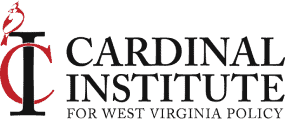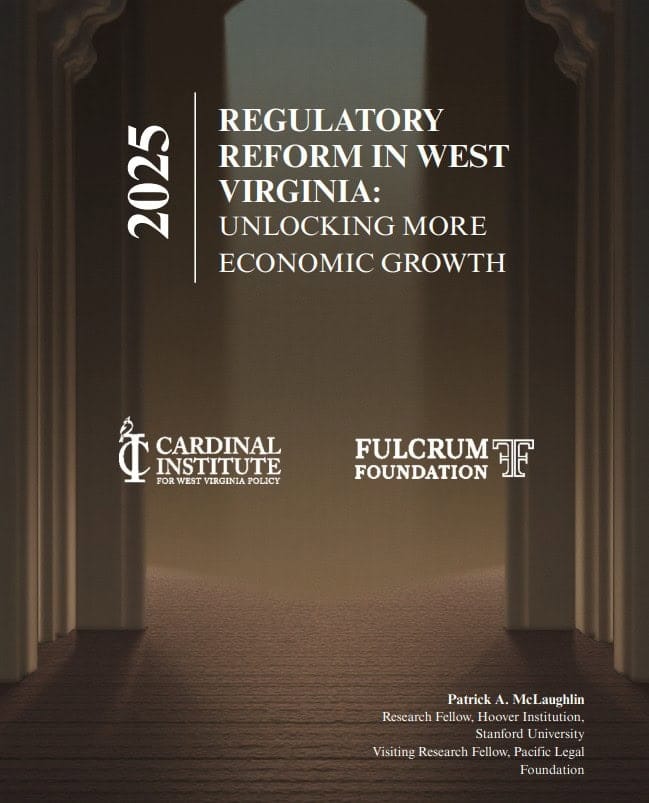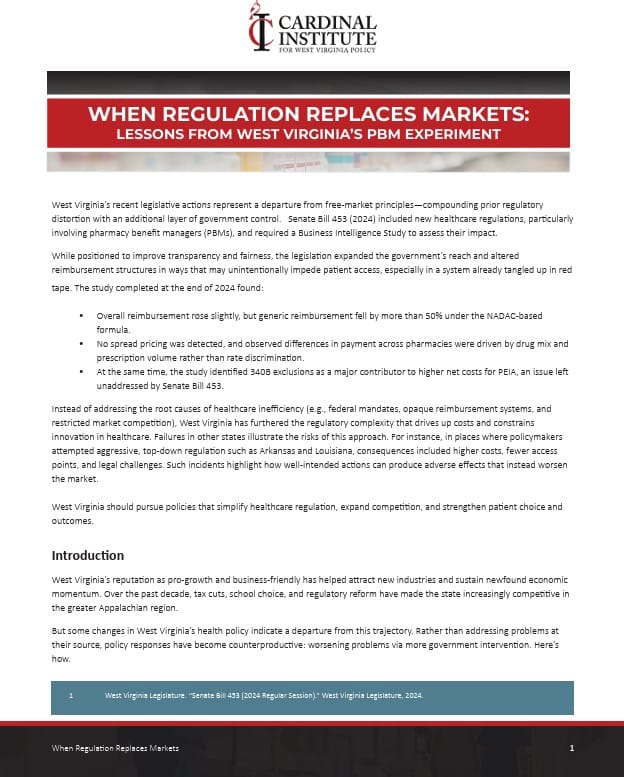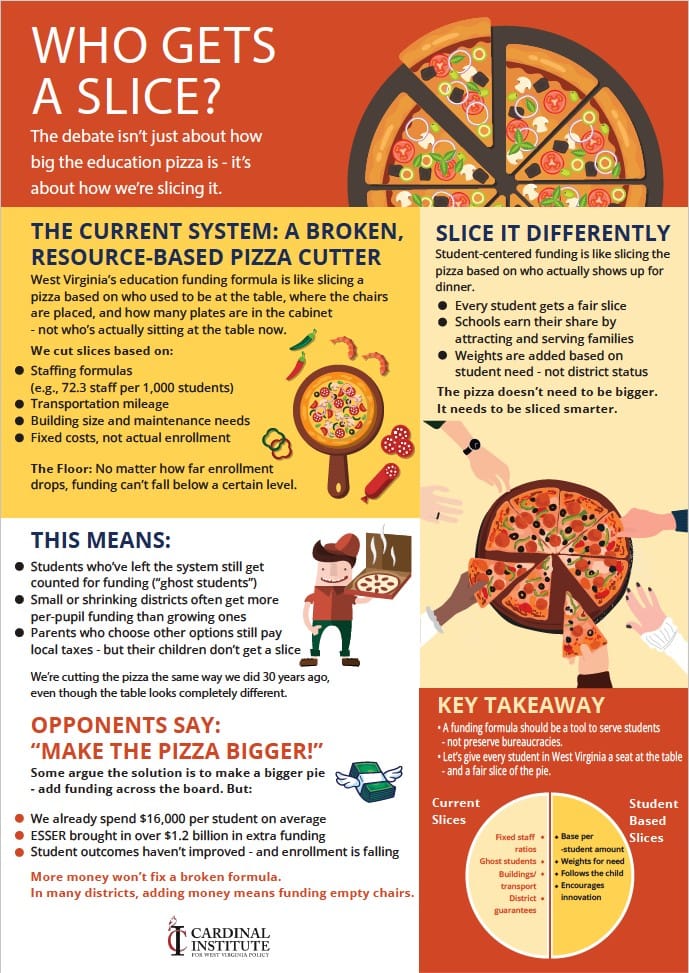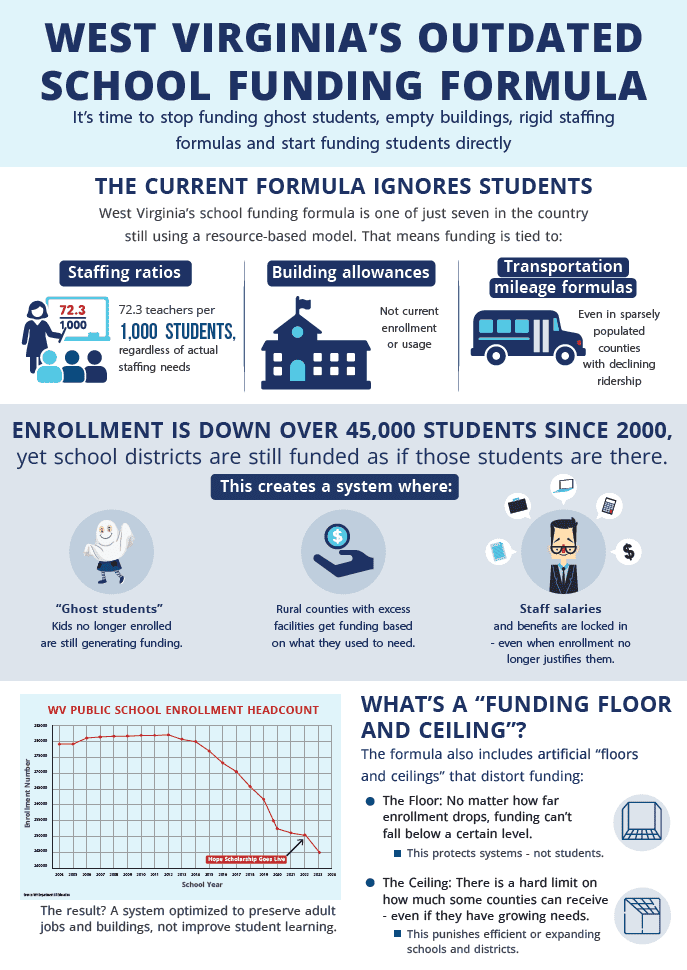
Beware Statistics
Lies, Statistics, and Mark Twain
“There are three kinds of lies: lies, damned lies, and statistics.” This quote is often attributed to Mark Twain though the true source remains historically murky. Origins aside, the sentiments behind the quip are worth taking seriously. Certainly, for myself as a policy professional. But also for you, dear reader, as a concerned and engaged citizen.
Despite the opening quote, I do not suggest we throw the baby out with the bathwater. Statistics provide useful information. They are generally applicable to vast numbers of people and situations. However, it is important that we can note and make use of them within appropriate contexts. And it is important to possess a proper understanding of how an individual constructed the given statistic.
Learning to Use and Understand Statistics Well
One of my favorite examples of this comes from discussions about the supposed gender pay gap where employers allegedly pay women seventy-seven cents on the dollar compared to men. To be blunt, this talking point falls under the third type of lie. I’ll spare the full takedown here, but I have written on the matter before.
This lesson applies to all manner of other statistics we might be interested in. A more current example is the updated census poverty estimates that the US Census Bureau released in early September. Our friends from the American Enterprise Institute in DC hosted an event centered around these statistics. I encourage you all to check it out online, but I’ll summarize some of the high points below.
An Example in Poverty Statistics
In short, there are two major poverty measures that the US Census Bureau updated, the Official Poverty Measure (OPM) and the Supplemental Poverty Measure (SPM). While both provide some insights, neither of these measures provide a comprehensive view of the state of poverty in America. In the short term, neither of these measurements are particularly reliable, but they are more meaningful when considered over time.
OPM v. SPM
To begin, let’s consider the differences between the two measures. The OPM basically only considers money income. That income is benchmarked to an absolute poverty threshold and it doesn’t take other resources into account. The SPM has a broader scope of consideration. It adjusts for taxes, and it includes in-kind transfers from government assistance programs, but it does not incorporate the value of health insurance. However, one of the biggest criticisms of the SPM is that its threshold considerations are a relative measure that changes over time.
Given our knowledge that in-kind transfers positively affect the material well-being of individuals who receive government assistance, one might be tempted to think that the recently released 2022 SPM was vastly lower than the 2022 OPM. That presumption would be incorrect.
Instead, the Poverty in the United States: 2022 report indicated the official poverty rate to be 11.5 percent and the SPM rate to be 12.4. While that sub-1 percent difference doesn’t seem like much, it’s a remarkable difference when applied to the US population. The variances in these poverty measures indicate a difference of almost 3 million people living in poverty or not.
An Opportunity for Manipulation
These differences provide opportunities for politicians, policy professionals, and concerned citizens of all persuasions to point out problems of the day and offer policy solutions to address them. To offer a quick paired example: those on the left may highlight the jump in the SPM to suggest that government should be doing more with assistance programs to help people out of poverty while those on the right may highlight the lack of difference in the OPM to suggest that the myriad stimulus programs during the COVID pandemic made no difference.
In this case, you shouldn’t consider either those on the left or those on the right liars or damned liars. They’re simply using statistics.
Jessi Troyan is the Director of Policy & Research for the Cardinal Institute for West Virginia Policy.
